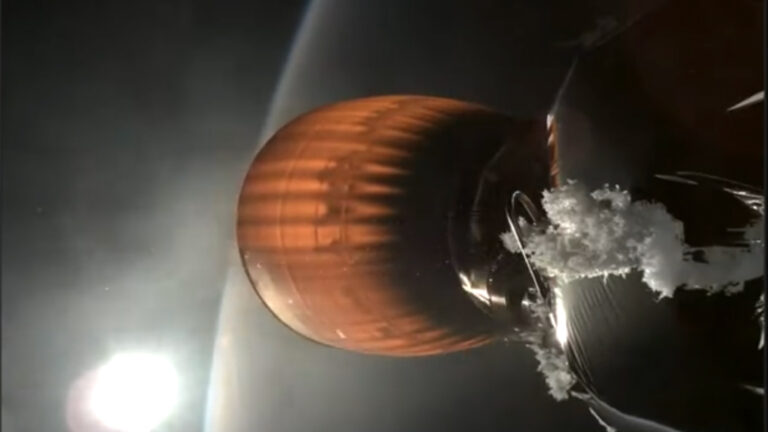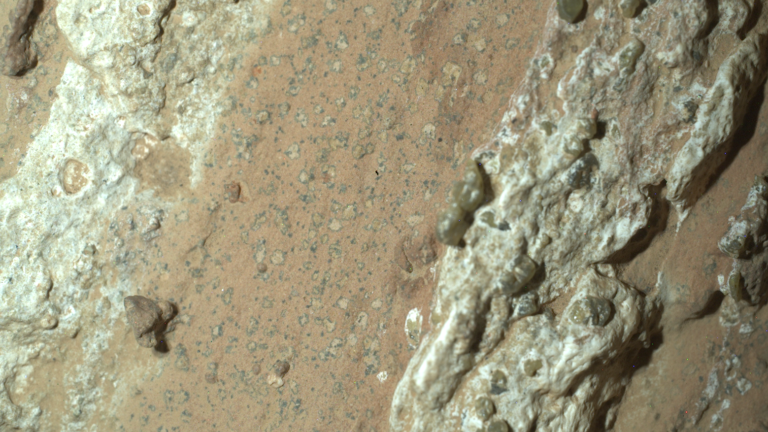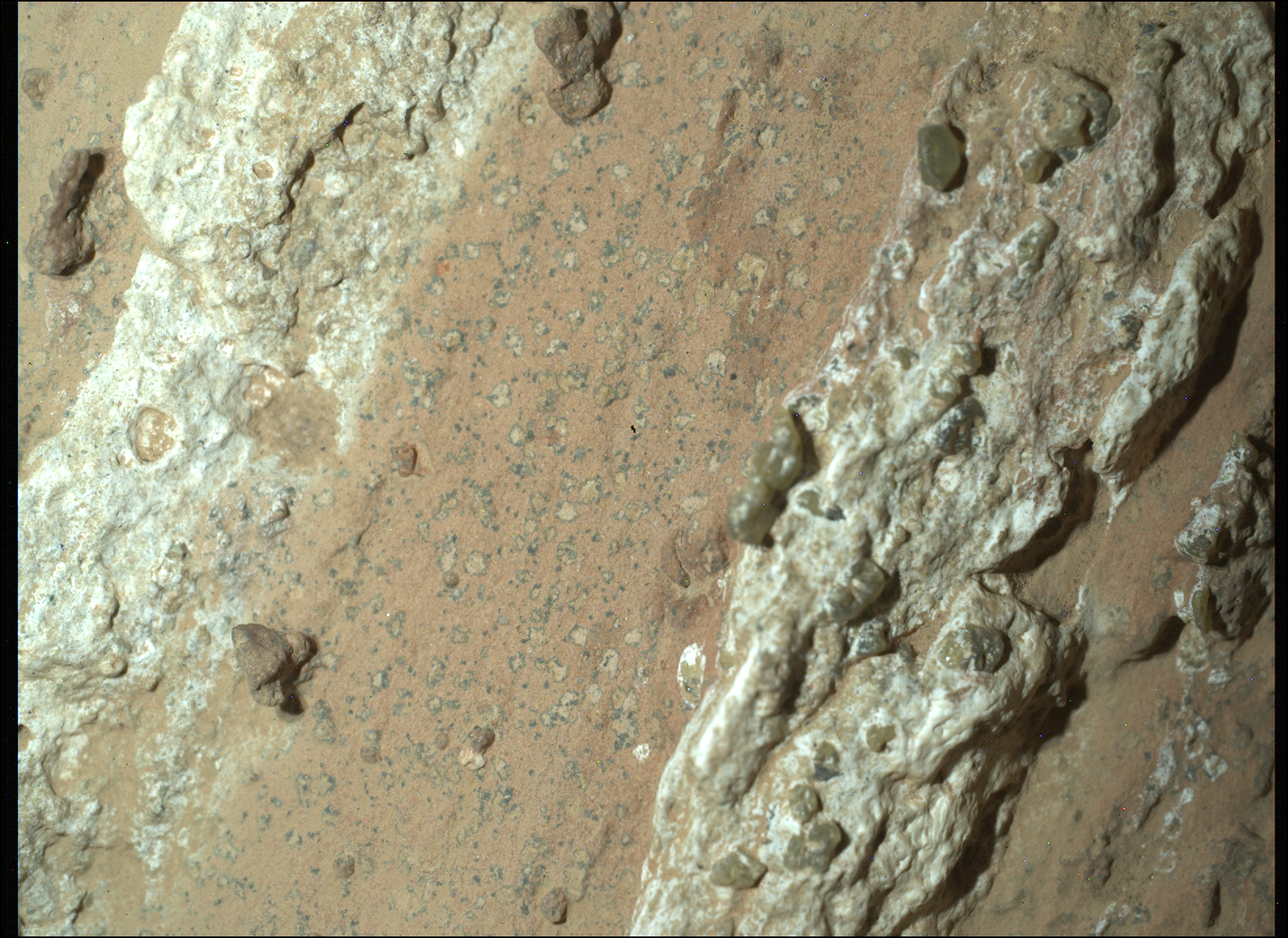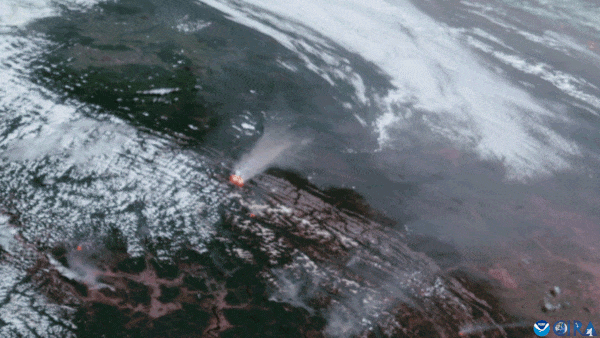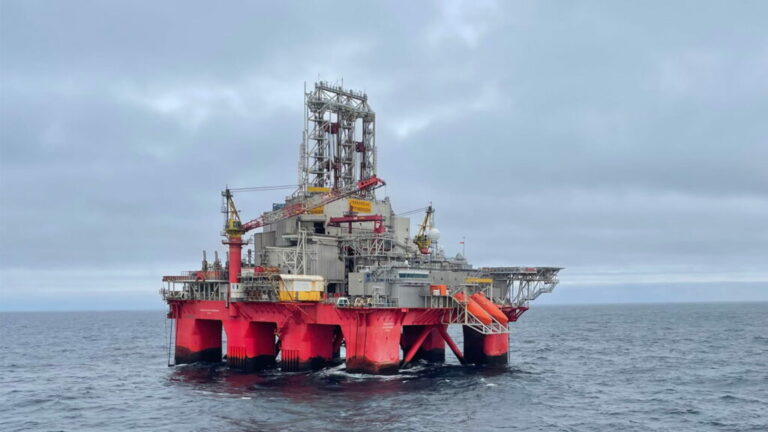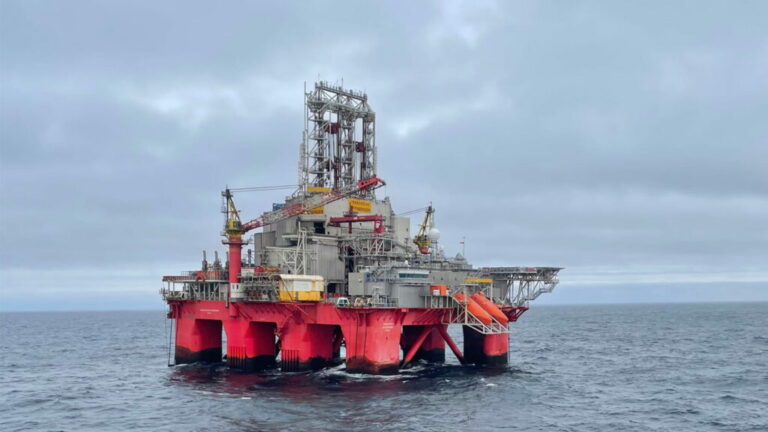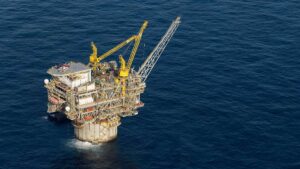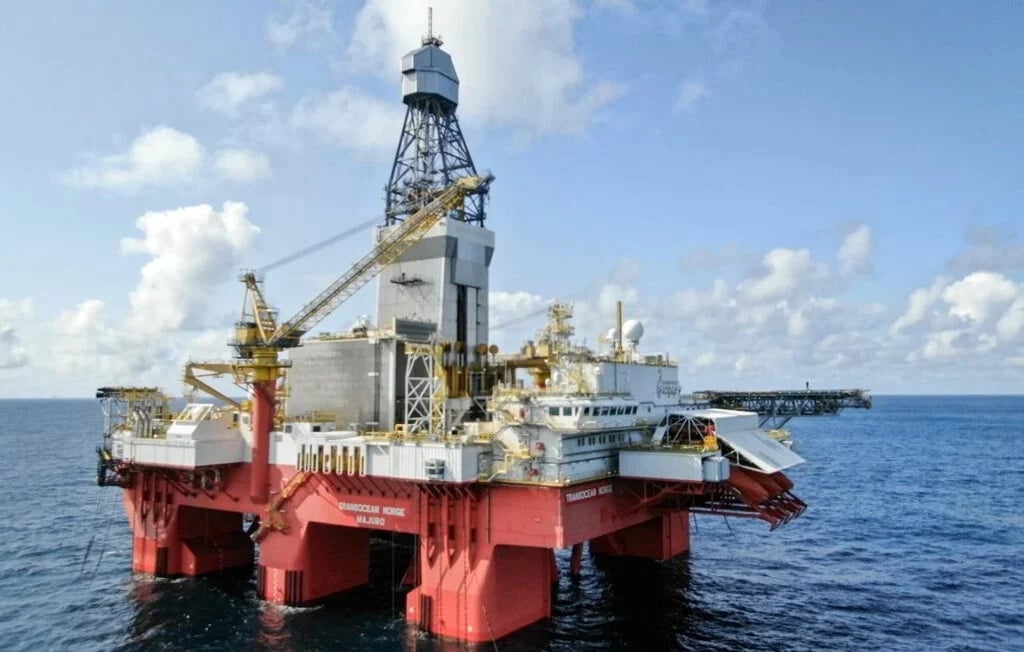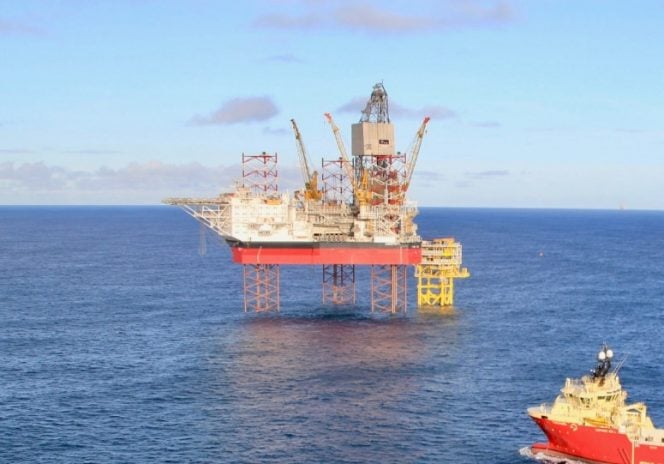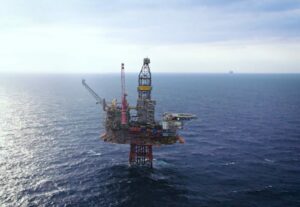Presidential elections are often high-stakes events that reveal much about a country’s political climate. Sometimes, they unfold in surprising and bizarre ways, leaving an indelible mark on history. These unusual elections aren’t just footnotes; they are pivotal moments that can redefine nations. Each one tells a story of ambition, conflict, and the unpredictable nature of politics.
In this list, we’ll explore ten of the most bizarre presidential elections in history… so far. Each entry dives into the unique circumstances and key figures that made these elections stand out. From revolutions to recounts, these stories highlight the dramatic and often unpredictable nature of the electoral process. Join us as we uncover the fascinating tales behind these extraordinary elections.
Related: Top 10 Costly US Presidential Campaign Blunders
10 Mexico 1910: The Election That Sparked a Revolution
The Mexican Revolution Explained in 10 Minutes
The 1910 presidential election in Mexico was a catalyst for the Mexican Revolution, a decade-long conflict that transformed the country. Incumbent President Porfirio Díaz had ruled for over three decades with an iron fist, and his regime was marked by corruption and repression. When Francisco Madero, a reformist, challenged Díaz, the election quickly descended into fraud and manipulation.
Madero’s calls for democratic reforms struck a chord with the discontented populace. After the fraudulent election, Madero issued the Plan of San Luis Potosí, denouncing the results and calling for armed revolt. This appeal sparked a widespread rebellion, uniting various social classes against Díaz’s dictatorship. The uprising gained momentum, leading to significant battles and the eventual resignation of Díaz in May 1911.
The revolution didn’t end with Díaz’s departure; it continued to shape Mexico’s political landscape for years. Revolutionary leaders like Emiliano Zapata and Pancho Villa emerged, advocating for land reforms and social justice. The election of 1910 was not just an isolated event but a pivotal moment that fueled a broader struggle for democracy and equality in Mexico.[1]
9 United States 2000: The Hanging Chads Controversy
After Bush v. Gore: 2000 Election Documentary | Retro Report | The New York Times
The 2000 United States presidential election is remembered for its unprecedented turmoil and legal battles. The race between George W. Bush and Al Gore was intensely close, with Florida’s 25 electoral votes becoming the decisive factor. The election saw the infamous “hanging chads,” partially punched paper ballots, causing significant confusion and controversy during the vote count.
Initial results swung back and forth, with media outlets prematurely calling the state for both candidates at different times. Gore initially conceded, only to retract his concession when the margin of Bush’s lead narrowed to just hundreds of votes. This led to multiple recounts and a slew of legal challenges focusing on the validity of the ballots and the recount procedures.
The situation escalated to the U.S. Supreme Court, which ultimately halted the recount, effectively awarding the presidency to Bush. This decision highlighted critical issues within the electoral system, particularly regarding voting technology and the legal processes surrounding elections. The 2000 election remains a landmark case in American political history for its demonstration of electoral vulnerabilities and the pivotal role of the judiciary.[2]
8 Philippines 1986: The People Power Revolution
1986 Philippines Elections
The 1986 presidential election in the Philippines was a watershed moment that led to the People Power Revolution, ousting Ferdinand Marcos from power. Marcos, who had ruled since 1965 and declared martial law in 1972, faced off against Corazon Aquino, the widow of assassinated opposition leader Benigno Aquino Jr. Marcos declared victory amidst widespread allegations of fraud, which ignited public outrage.
From February 22 to 25, millions of Filipinos took to the streets, spurred by calls from Cardinal Jaime Sin and defecting military officers. The peaceful demonstrations forced Marcos and his family to flee to Hawaii, and Corazon Aquino was sworn in as president. This revolution marked the end of decades-long authoritarian rule and was celebrated globally as a triumph of non-violent resistance and democracy.[3]
7 Iran 2009: The Green Movement Uprising
Iran’s Green Movement: The Voices of Dissent
The 2009 presidential election in Iran sparked the Green Movement, a significant opposition force challenging the regime. Incumbent President Mahmoud Ahmadinejad’s victory over Mir Hossein Mousavi was marred by allegations of widespread electoral fraud. The day after the results were announced, millions of Iranians, donning green in support of Mousavi, took to the streets chanting, “Where is my vote?”
The government responded with a severe crackdown, deploying security forces, including the Revolutionary Guards and Basij militia, to disperse protests violently. Many demonstrators were arrested and beaten, and some were even killed. The movement’s symbol became the image of Neda Agha Soltan, a young woman whose death was captured on video and spread worldwide, highlighting the regime’s brutality.
Despite the crackdown, the Green Movement persisted, demanding democratic reforms and transparency. Though the regime eventually suppressed public demonstrations, the Green Movement left a lasting impact on Iranian politics, symbolizing the people’s struggle for democracy and human rights.[4]
6 Kenya 2007: The Election That Led to Ethnic Violence
Inside Story – Kenya’s election – 26 Dec 07 – Pt 1
The 2007 presidential election in Kenya marked a dark chapter in the country’s history due to the violent aftermath. President Mwai Kibaki was declared the winner over Raila Odinga amidst widespread allegations of electoral fraud. The announcement sparked immediate protests, leading to brutal ethnic violence, primarily between the Kikuyu, Kibaki’s ethnic group, and the Luo, who largely supported Odinga.
The violence resulted in over 1,100 deaths and displaced around 600,000 people. International mediation led by former UN Secretary-General Kofi Annan helped broker a power-sharing agreement, with Kibaki remaining president and Odinga appointed as prime minister. This election underscored the deep ethnic divisions in Kenya and the critical need for transparent electoral processes to ensure national stability.[5]
5 Italy 1976: The Historic Compromise and Aldo Moro’s Tragic Fate
Aldo Moro – The man who almost ended the Cold War – The Italian Politician of the week
The 1976 general election in Italy was pivotal, marked by the “Historic Compromise” between the Christian Democracy (DC) party and the Italian Communist Party (PCI). Aldo Moro, a key figure in the DC, championed this alliance to stabilize Italy amidst political turmoil and economic crisis. This unprecedented move aimed to integrate the PCI into mainstream politics, reducing the influence of extremist factions.
However, Moro’s strategy faced substantial opposition from both domestic conservatives and international actors, particularly the United States, who were wary of communist participation in government. Despite the controversy, the compromise symbolized a potential shift toward political inclusivity and moderation in Italy’s fragmented landscape.
Tragically, Aldo Moro’s efforts were violently interrupted when he was kidnapped and murdered by the Red Brigades, a militant left-wing group, in 1978. His assassination shocked Italy and derailed the Historic Compromise, significantly impacting the country’s political trajectory. The events surrounding the 1976 election underscore the volatile interplay of ideology, terrorism, and political reform during this era.[6]
4 France 2017: The Centrist Triumph over the Far-Right
French elections 2017: France votes for next president after divisive campaign
The 2017 presidential election in France marked a significant political shift as centrist Emmanuel Macron faced off against far-right candidate Marine Le Pen. Macron, a former banker and Minister of the Economy, launched his independent campaign under the banner of En Marche! His platform focused on progressive economic reforms, pro-European Union policies, and modernization of France’s labor market.
Representing the National Front, Le Pen campaigned on a nationalist agenda, emphasizing anti-immigration policies and skepticism towards the EU. The stark contrast between Macron’s inclusive, pro-European stance and Le Pen’s populist, nationalist rhetoric highlighted deep divisions within French society. The election was characterized by high voter turnout and intense public debate on France’s future direction.
Macron’s decisive victory, securing 66% of the vote, was a clear rejection of far-right extremism. His win disrupted the traditional French political landscape, demonstrating a preference for centrist, forward-looking policies. The 2017 election underscored the resilience of pro-European sentiments in France and set the stage for Macron’s ambitious reform agenda.[7]
3 Zimbabwe 2008: The Violent Runoff Election
Inside Story – Zimbabwe’s political conundrum – 25 Jun 08 P1
The 2008 presidential election in Zimbabwe was marred by extreme violence and intimidation. In the initial round, opposition leader Morgan Tsvangirai of the Movement for Democratic Change (MDC) won more votes than incumbent President Robert Mugabe but did not achieve the majority needed to avoid a runoff. In the lead-up to the runoff, state-sponsored violence targeted MDC supporters, resulting in deaths, injuries, and widespread fear.
Due to the escalating violence, Tsvangirai withdrew from the runoff, leaving Mugabe to claim victory unchallenged. International observers condemned the election as neither free nor fair. The aftermath saw a power-sharing agreement in which Tsvangirai was appointed Prime Minister. Still, the election highlighted the brutal lengths Mugabe’s regime would go to maintain power and the severe obstacles to democracy in Zimbabwe.[8]
2 Honduras 2017: The Controversial Re-Election of Juan Orlando Hernández
Honduras president accused of election fraud
The 2017 presidential election in Honduras was fraught with controversy and accusations of fraud. Incumbent President Juan Orlando Hernández sought re-election despite the country’s constitutional term limits. Initially, opposition candidate Salvador Nasralla appeared to be leading. However, the tide shifted dramatically after a prolonged and irregular vote-counting process, prompting widespread allegations of electoral manipulation.
Mass protests erupted, leading to violent clashes and a number of fatalities. Despite these irregularities and calls from the Organization of American States for a new election, the United States recognized Hernández’s re-election. This endorsement, amid significant controversy, highlighted the deep political instability in Honduras and cast serious doubt on the integrity of its electoral process.[9]
1 Austria 2016: The Annulled Election and Re-run Saga
Austria elections: court annuls presidential election result
The 2016 presidential election in Austria was both dramatic and unprecedented. Initially, Alexander Van der Bellen narrowly defeated Norbert Hofer of the far-right Freedom Party. However, the Freedom Party contested the results, alleging irregularities in the handling of absentee ballots.
Austria’s Constitutional Court found enough evidence of procedural errors to annul the election results, an unprecedented decision that mandated a re-run of the runoff election. The second runoff, held in December 2016, saw Van der Bellen winning again, this time by a more decisive margin, reaffirming his victory and ending the electoral uncertainty.
This election saga highlighted both the strengths and challenges of Austria’s democratic institutions. While the court’s decision underscored a commitment to electoral integrity, the contentious process revealed significant political divides within the country.[10]
fact checked by
Darci Heikkinen





